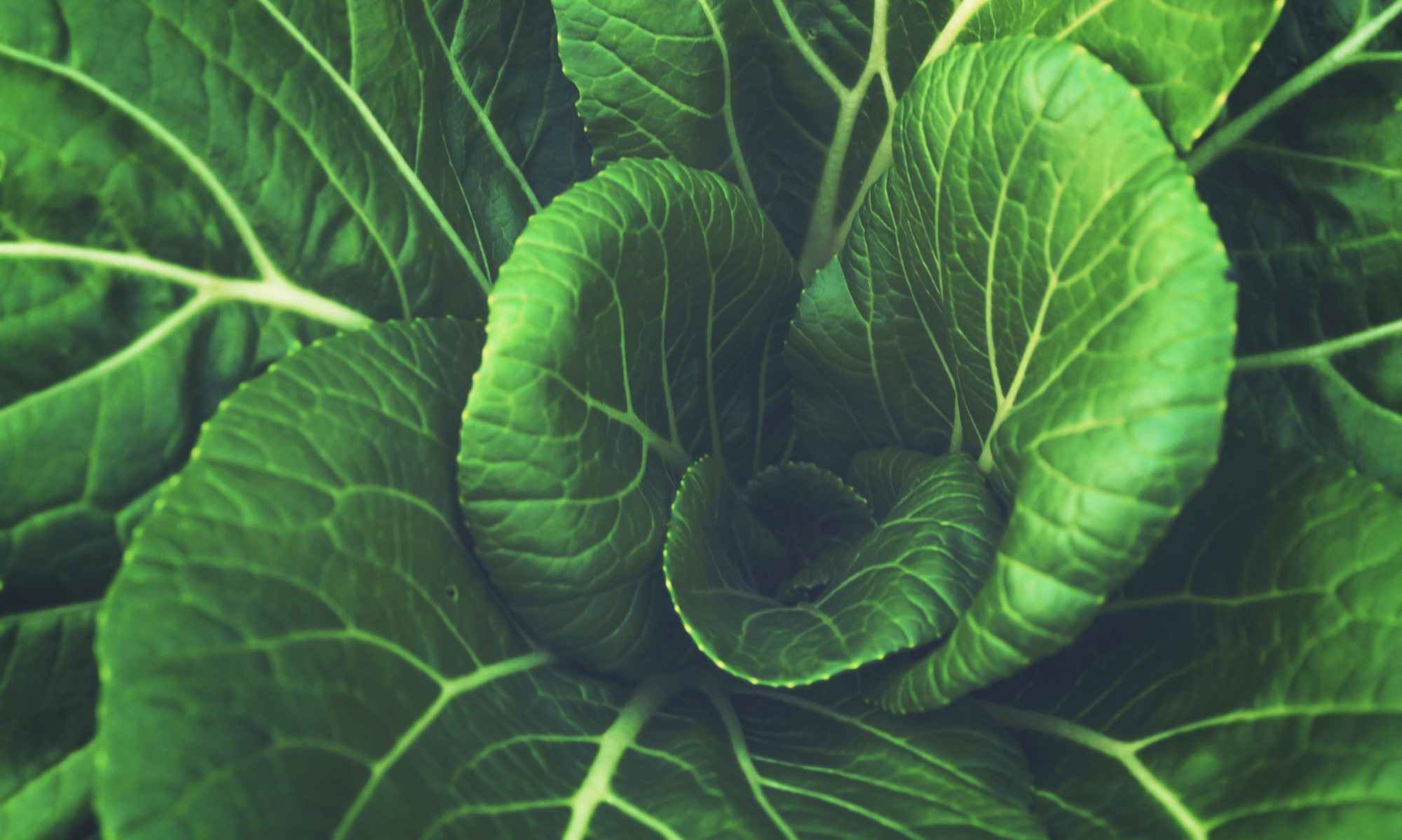Competition and Consumption of other Organisms
The competition between prokaryotic cells before the endosymbiotic event can be compared to a war with stone tools. The war I am going to speak of now is analogous to the atomic age. The moment carnivory arose in the population of complex organisms, evolution for both predator and prey was kicked into high gear in order to create the most efficient killer and the most elusive target. With all of the energy at their disposal, these interactions defined the future of biological diversity, from growing eyeballs to migrating to land.
Eating Meat: An Evolutionary Chain Reaction
The first organism that actively seeked out large prey to eat probably lived a plentiful life. The first ever prey never had any need to develop defense mechanisms and was most likely easy pickings. However, at the moment organisms began to eat each other, animals better at defending themselves from others instantly gained a huge survival advantage. This means that animals able to sense and respond to the environment had a clear benefit, promoting biological diversity.
This pressure ultimately made organisms that used their energy to create eyes and primitive nervous systems successful. At this point, the animals doing the hunting were under pressure to learn to capture these organisms. Thus, they developed better ways to capture oxygen and move, resulting in increased endurance and more efficient muscle fibers. In response, prey evolved similar traits and diverged into species with various defenses.
For example, some evolved ink squirting as a defense while others developed exoskeletons, leading to very different life forms. Similarly, predators evolved differences like sharp teeth or venom ejection systems. All of these innovations were only possible due to the access to complexity energy provides.



2 Replies to “The Cambrian Explosion: Biological Diversity Gone Wild”
Comments are closed.